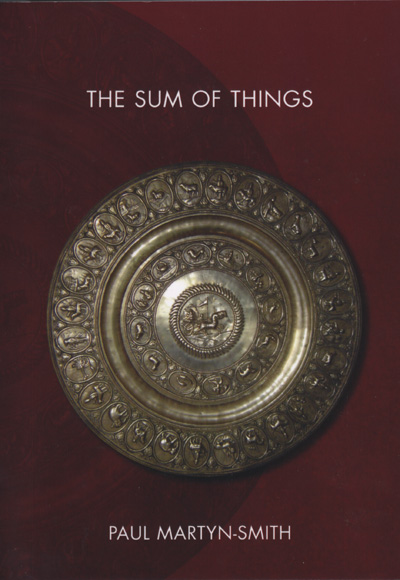The same remains true of this new, revised edition published in 2011 by Morrigan Books, Ireland.
 Much of this book has the feel of one of those groundbreaking expositions by enthusiastic antiquarians at the end of the 19th and start of the 20th centuries. Readers may feel as though they are basking in the spirit of the great comparative mythographer James Frazer, whose Golden Bough brought together so many previously disparate branches of research into a single dynamic whole. Lewis Spence is another name that springs to mind for his ability to reach out and pluck ideas from one source and hold them side by side with those of another, and guide the reader over a bridge of words to see they are more closely related than anyone might guess.
Much of this book has the feel of one of those groundbreaking expositions by enthusiastic antiquarians at the end of the 19th and start of the 20th centuries. Readers may feel as though they are basking in the spirit of the great comparative mythographer James Frazer, whose Golden Bough brought together so many previously disparate branches of research into a single dynamic whole. Lewis Spence is another name that springs to mind for his ability to reach out and pluck ideas from one source and hold them side by side with those of another, and guide the reader over a bridge of words to see they are more closely related than anyone might guess.
The Sum of Things exhibits an extraordinarily eclectic breadth of inclusiveness, by an author who clearly sees parallels if not actually identical ideas among cultures separated by temporal as well as geographical distance. Like those pioneers of a century ago who sought to introduce their readers to a fascinating wealth of knowledge, Paul Martyn-Smith has positioned himself at the leading edge of science.
Occasional discussion of higher dimensions and complex mathematics may be challenging for the casual reader to follow, but that is the beauty of a book - one can return to mull things over at leisure. And, in any case, the text is so liberally sprinkled with uplifting and inspiring sentiments that it is easy to gloss over the passages where the going is difficult because you have faith there is an oasis around the turn of the page.
Rather like Heraclitus who commented that you cannot step into the same river twice, I fancy this is a book that cannot be read twice because its effect is cumulative - almost poetical in places - and each re-reading conveys a greater breadth of insight, kindling a deeper understanding every time.
In short, the writings of Paul Martyn-Smith are a revelation.
